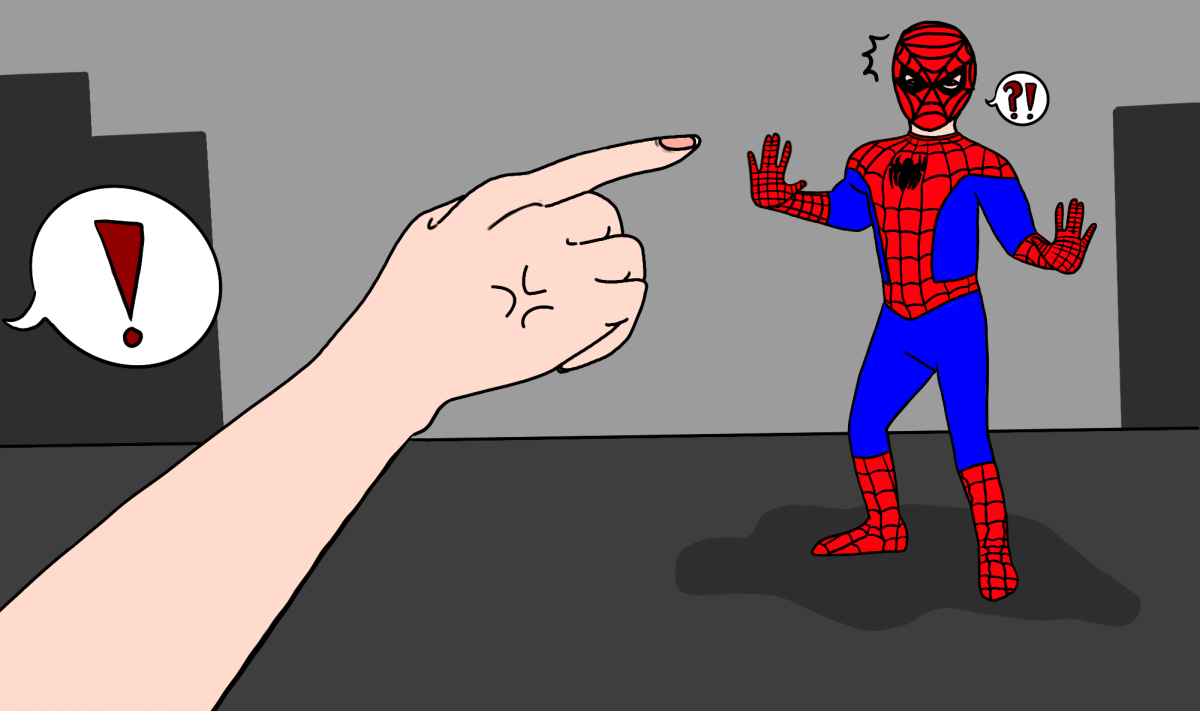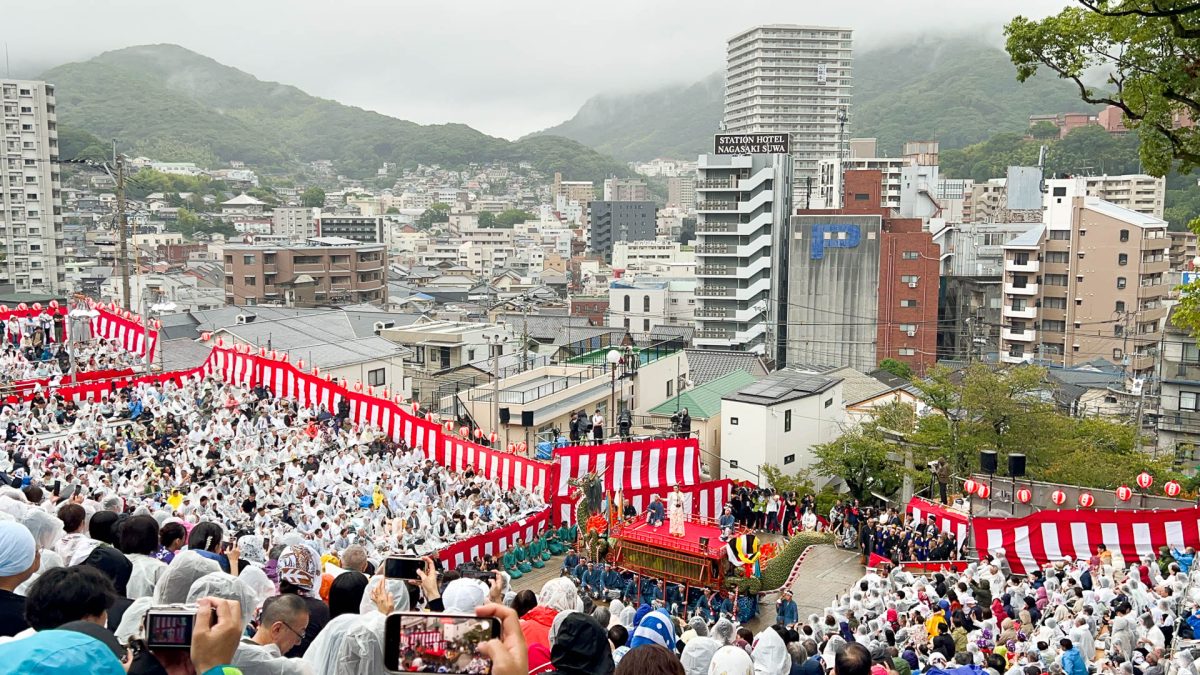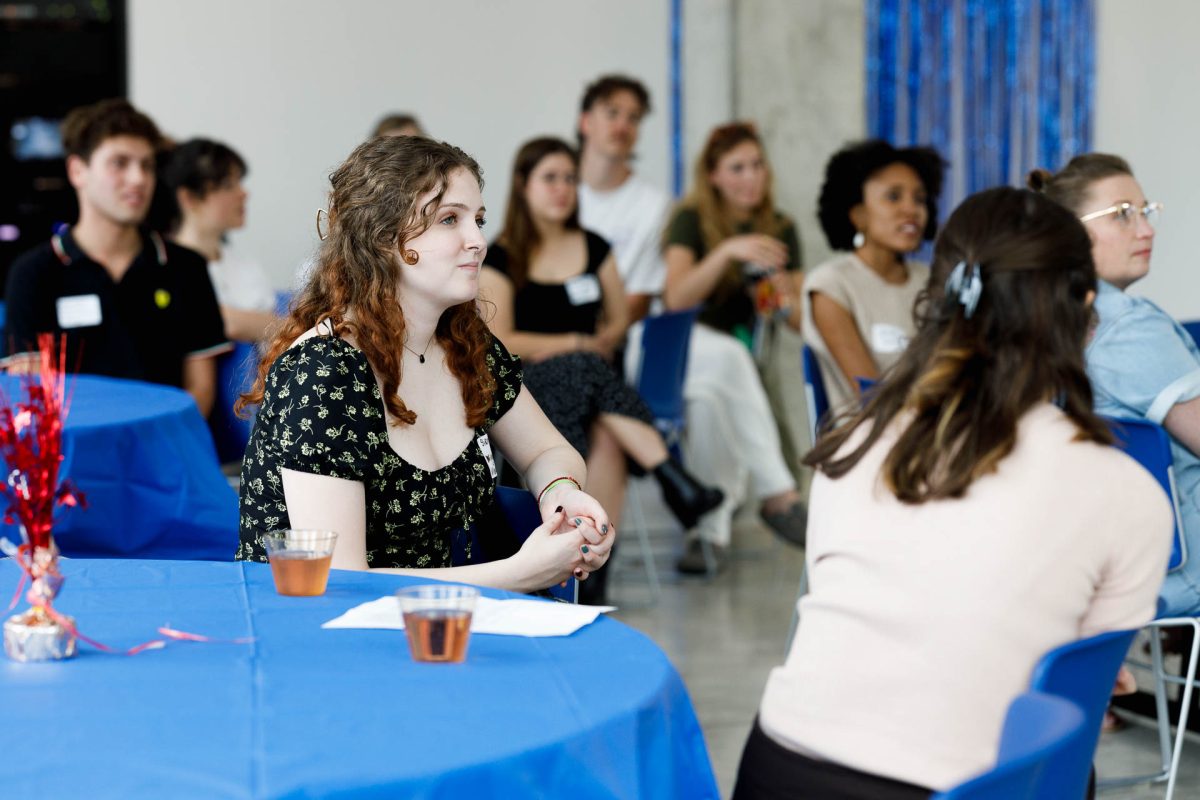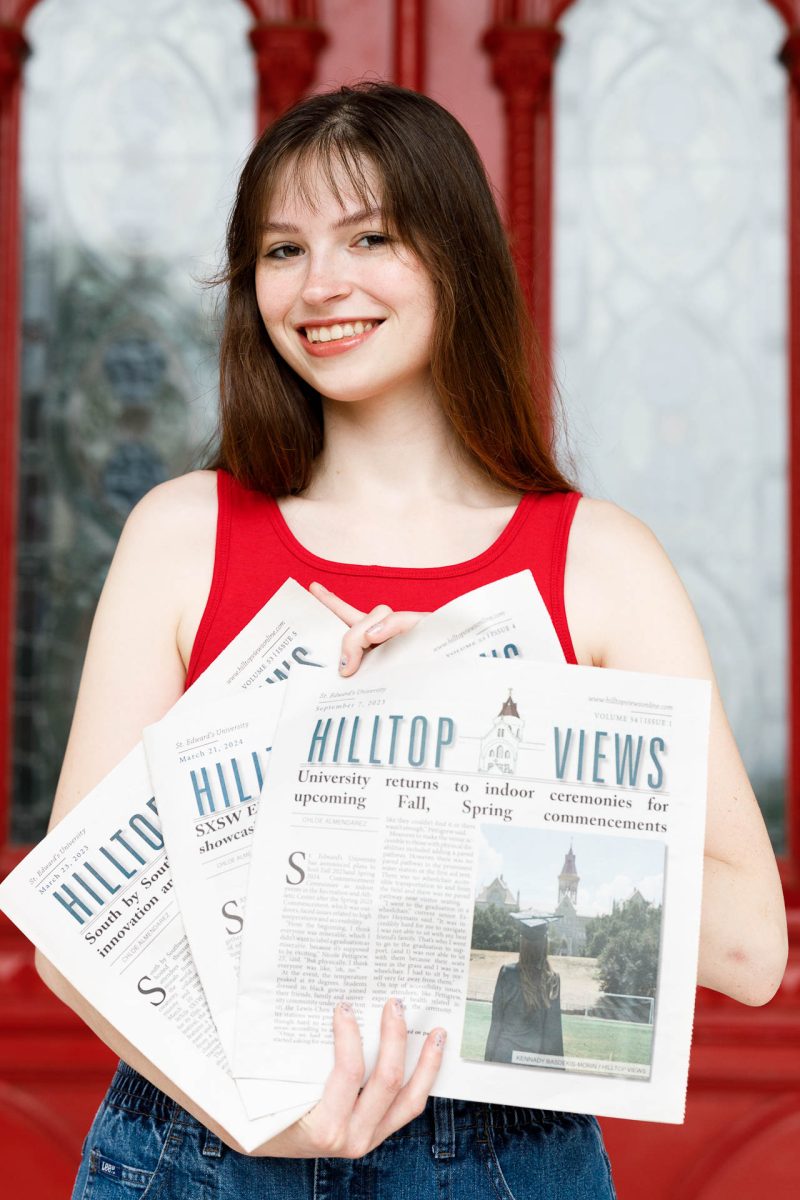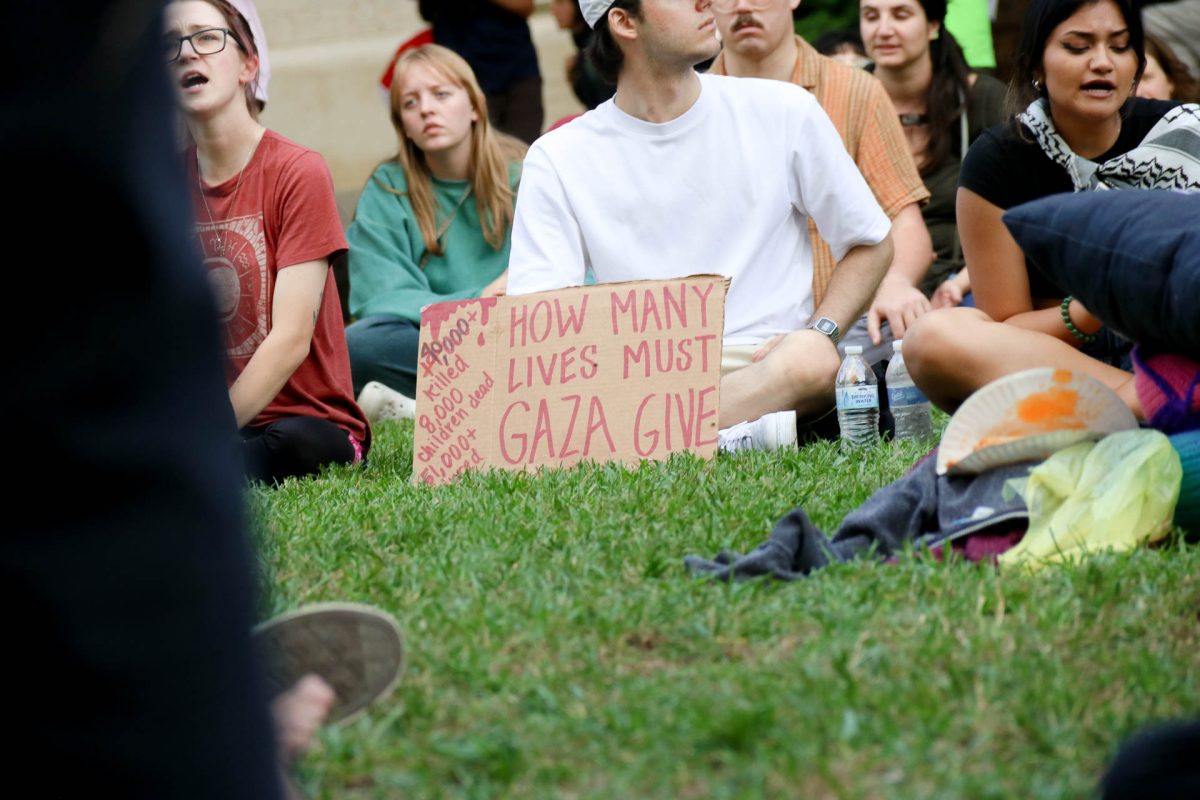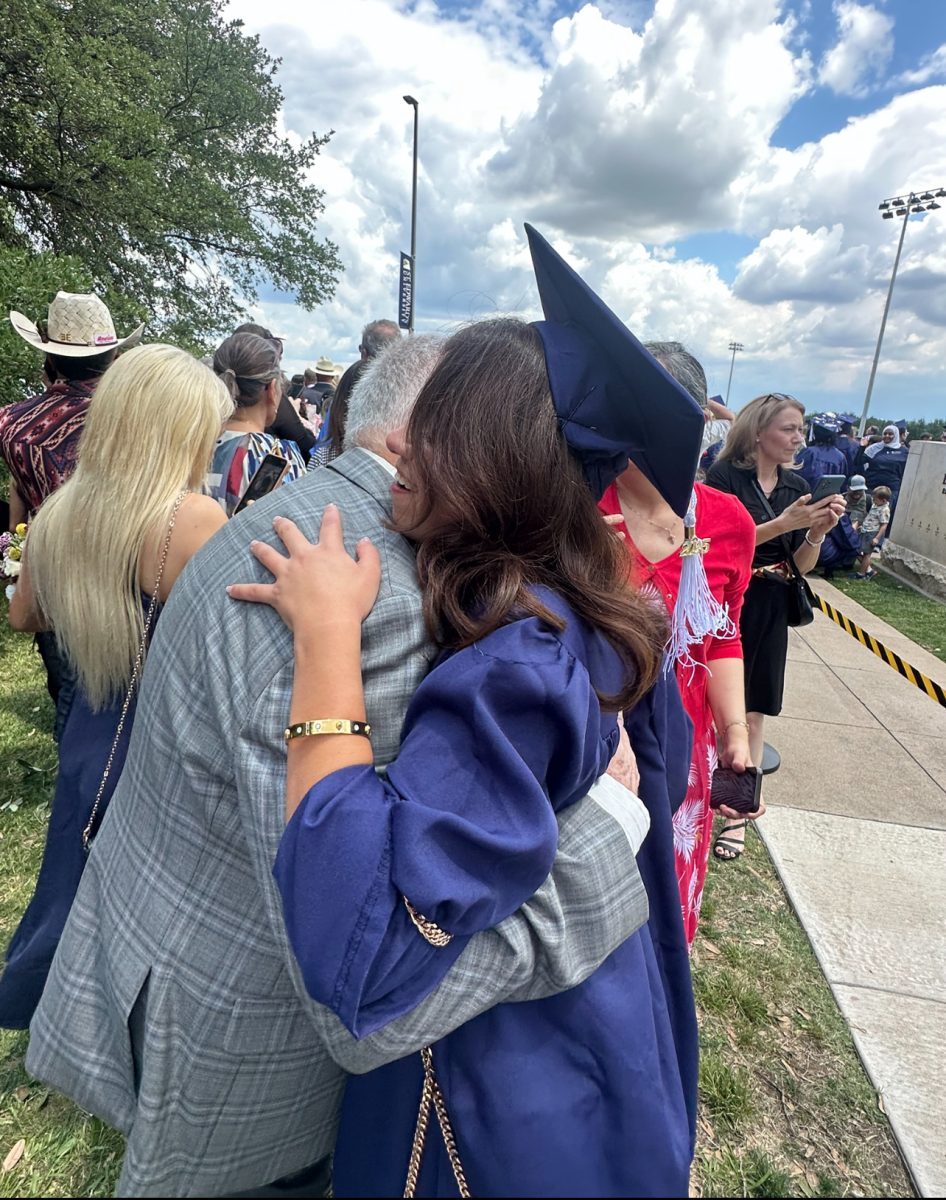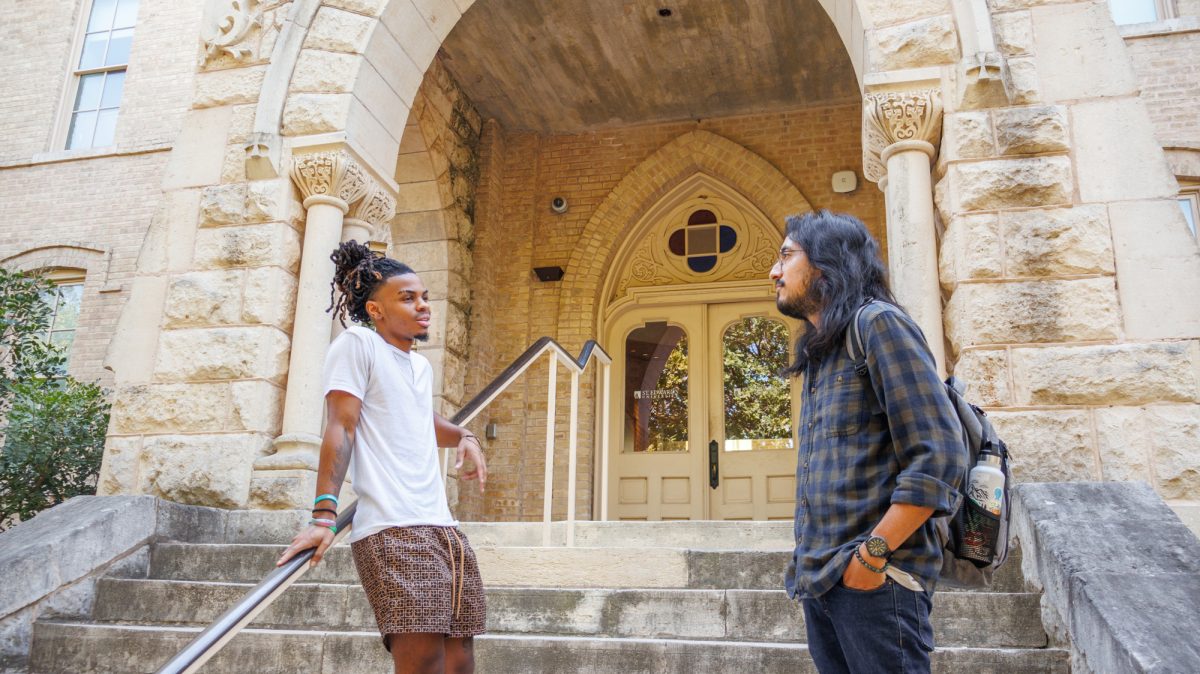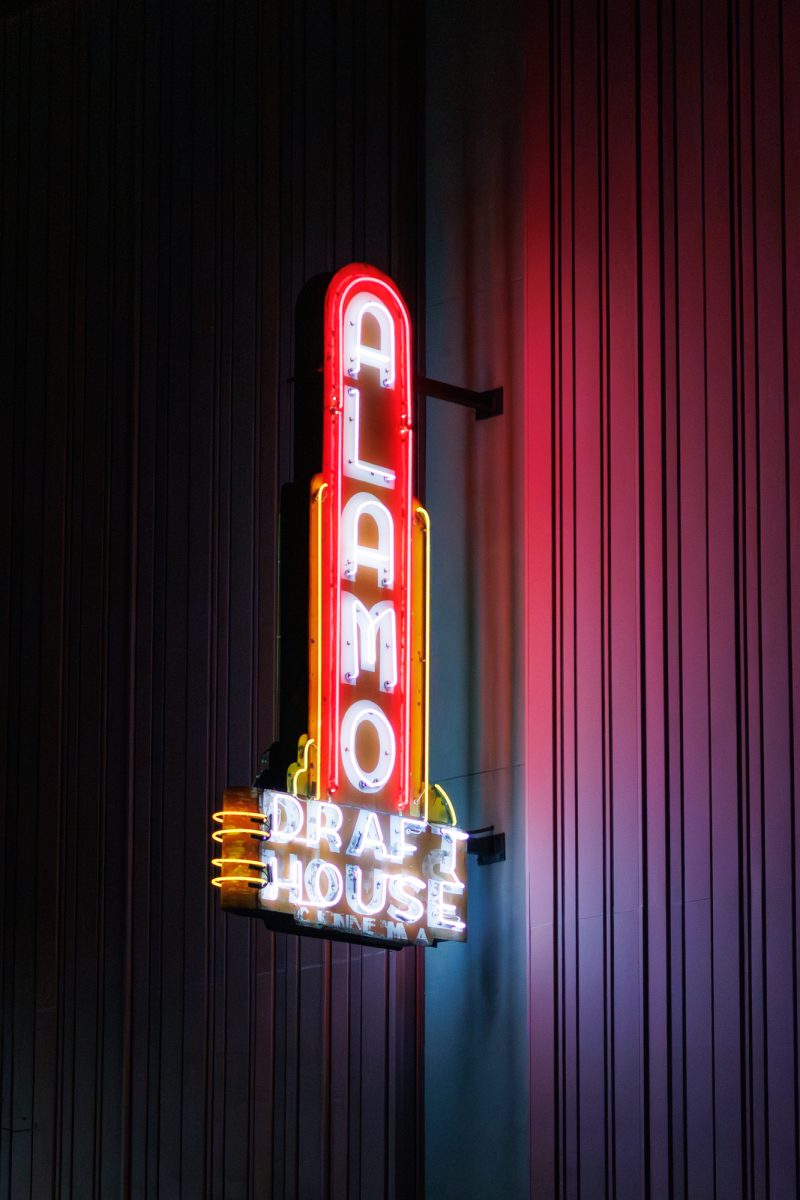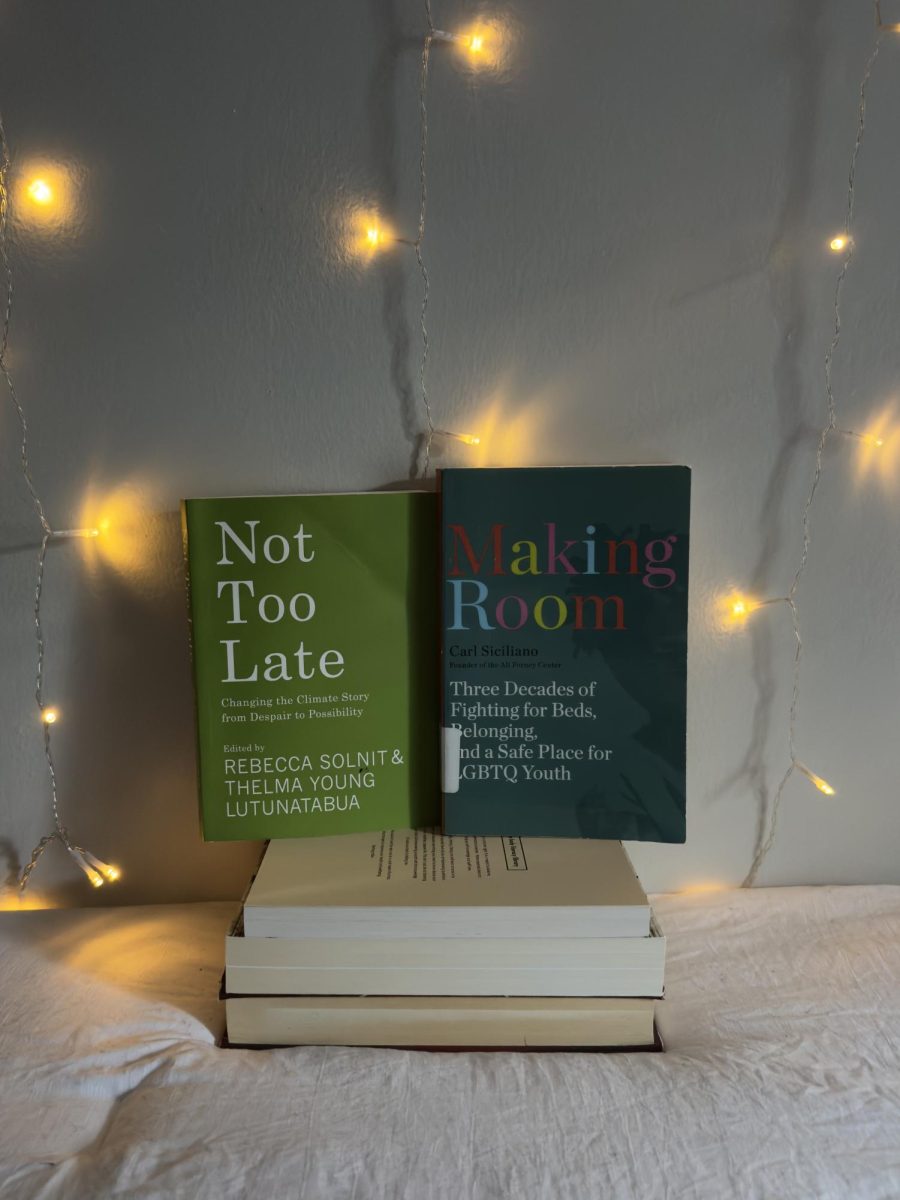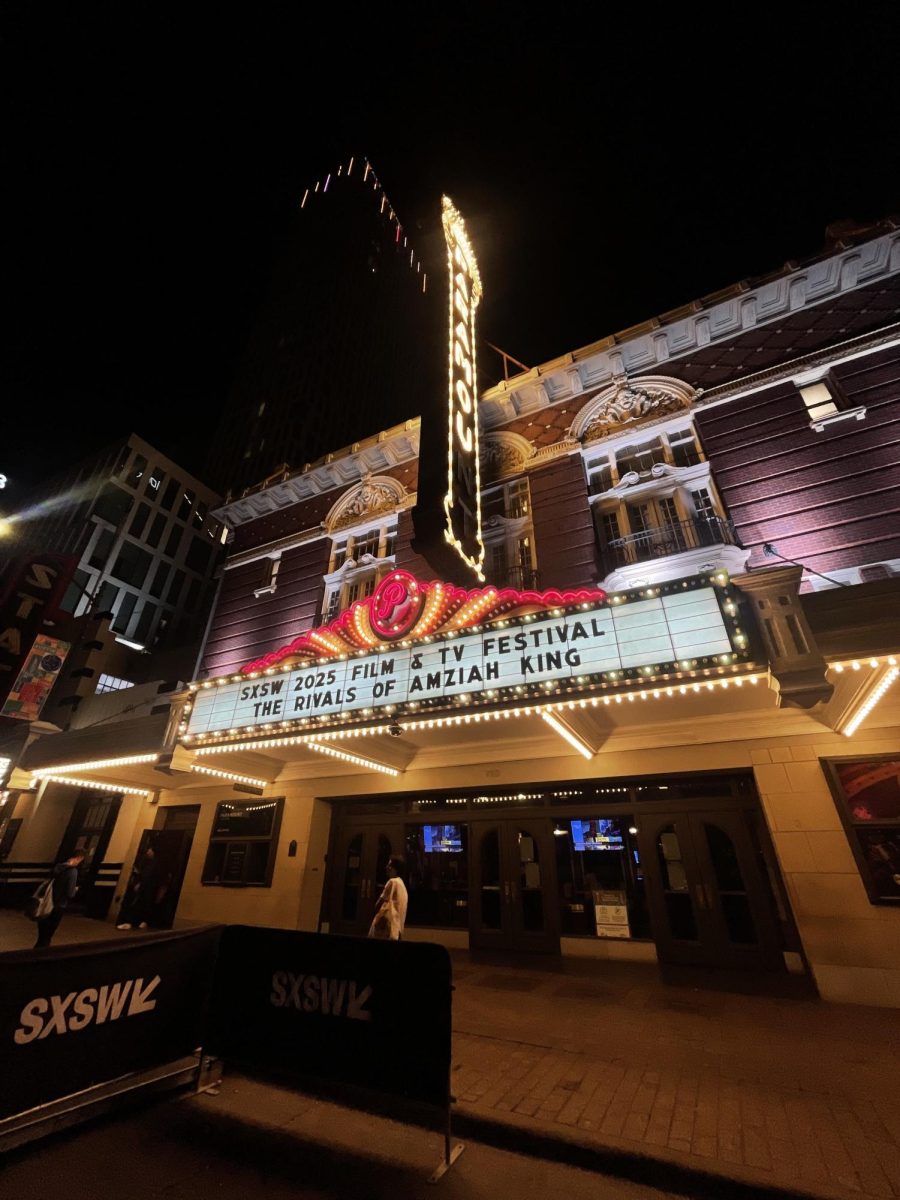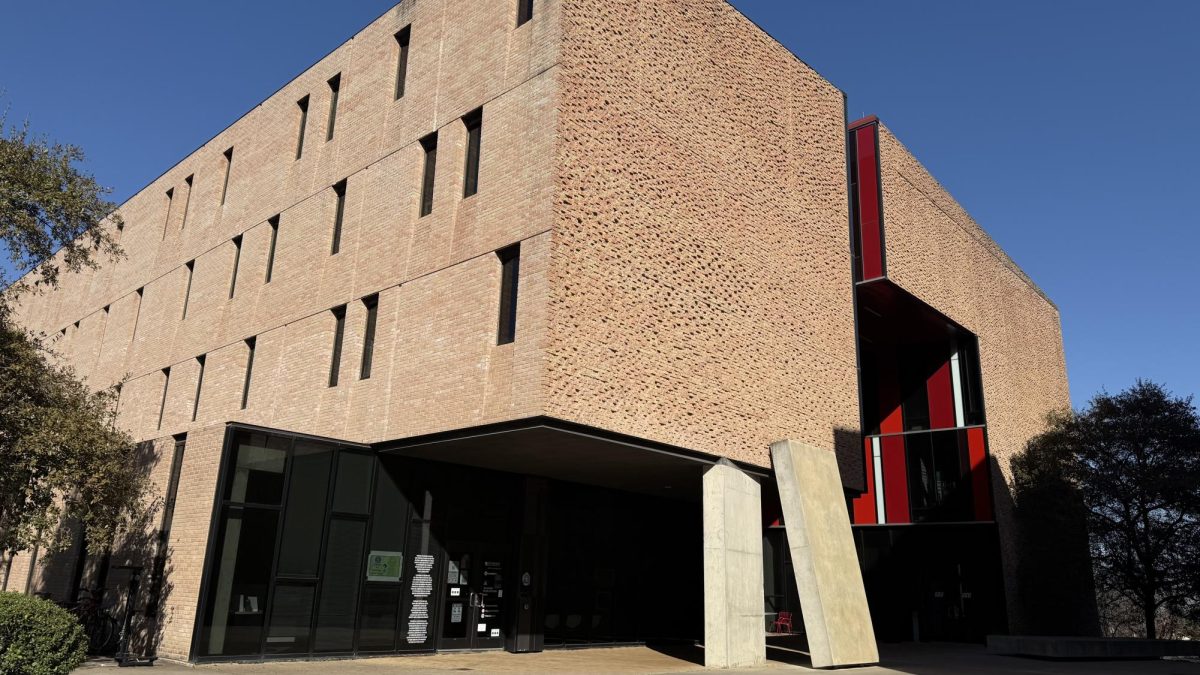Still in the midst of their strike against the Alliance of Motion Picture and Television Producers (AMPTP), SAG-AFTRA released Halloween costume guidelines for union members and their allies. They recommended wearing costumes “inspired by generalized characters and figures” and “characters from non-struck content.” The union received criticism from notable figures like Megan Fox and Mandy Moore and earned itself an “SNL” parody skit.
I can understand the logic of the costume guidelines. The goal of the strike is to hit studios where it hurts: their wallets. In theory, wearing a Barbie costume is a kind of free advertisement for the movie “Barbie,” which could financially benefit Warner Bros. However, just because I can understand their reasoning doesn’t mean the guidelines are wholly practical.
In particular, the rules around wearing non-struck content open a can of worms. Suggesting that it’s okay to wear costumes based on “animated TV show(s)” seems contradictory and introduces a lot of questions. If the purpose of the rules is to not promote studios, then why allow characters from animated shows. While voice acting is permitted during the strike, struck studios own and produce these animated TV series, so wouldn’t that still constitute free promotion and benefit the AMPTP? And then, what about characters like Spider-Man or Wednesday Addams, who are in comics, live-action and animated films and TV series? What about Barbie, who was an iconic toy for over half a century before the 2023 movie?
This ambiguity led to backlash against Margot Robbie for her costume. The titular “Barbie” actress was spotted wearing a costume of the character V from “V for Vendetta.” The comics of the same name predate the 2006 film, but it could still be argued that she is both following and breaking the guidelines.
Robbie’s predicament also brings up another question: If a movie came out decades ago, then isn’t the promotion negligible? In a similar situation, Megan Fox broke guidelines by dressing as Gogo Yubari from the 2003 film “Kill Bill: Volume 1.” Both V and Gogo are enshrined in popular culture and have been for over a decade. Dressing as one of them for one day is arguably an insignificant promotion compared to how regularly they are referenced and how well they are already known during the other 364 days of the year.
Beyond the confusing loopholes, I’m also concerned about how the guidelines impact the public image of the strike itself. SAG-AFTRA’s former president Melissa Gilbert responded to the guidelines sharply, stating in an Instagram post, “do you really think this kind of infantile stuff is going to end the strike? We look like a joke.” To put it less harshly, rules regarding costumes worn one night of the year are trivial. In doing so, SAG-AFTRA may come off as pedantic. If the organization is like this about Halloween, could they also react like this during negotiations? I’m not saying that they are being unreasonable during negotiations, but it’s an impression they might give off. And, while public support may not significantly influence the AMPTP, it does influence striker morale and the overall image of the studios.
The outcome of the strike is still anyone’s guess, but what’s more certain is that SAG-AFTRA’s guidelines drew greater public attention to celebrity attire on what could have been a less eventful Halloween night.

